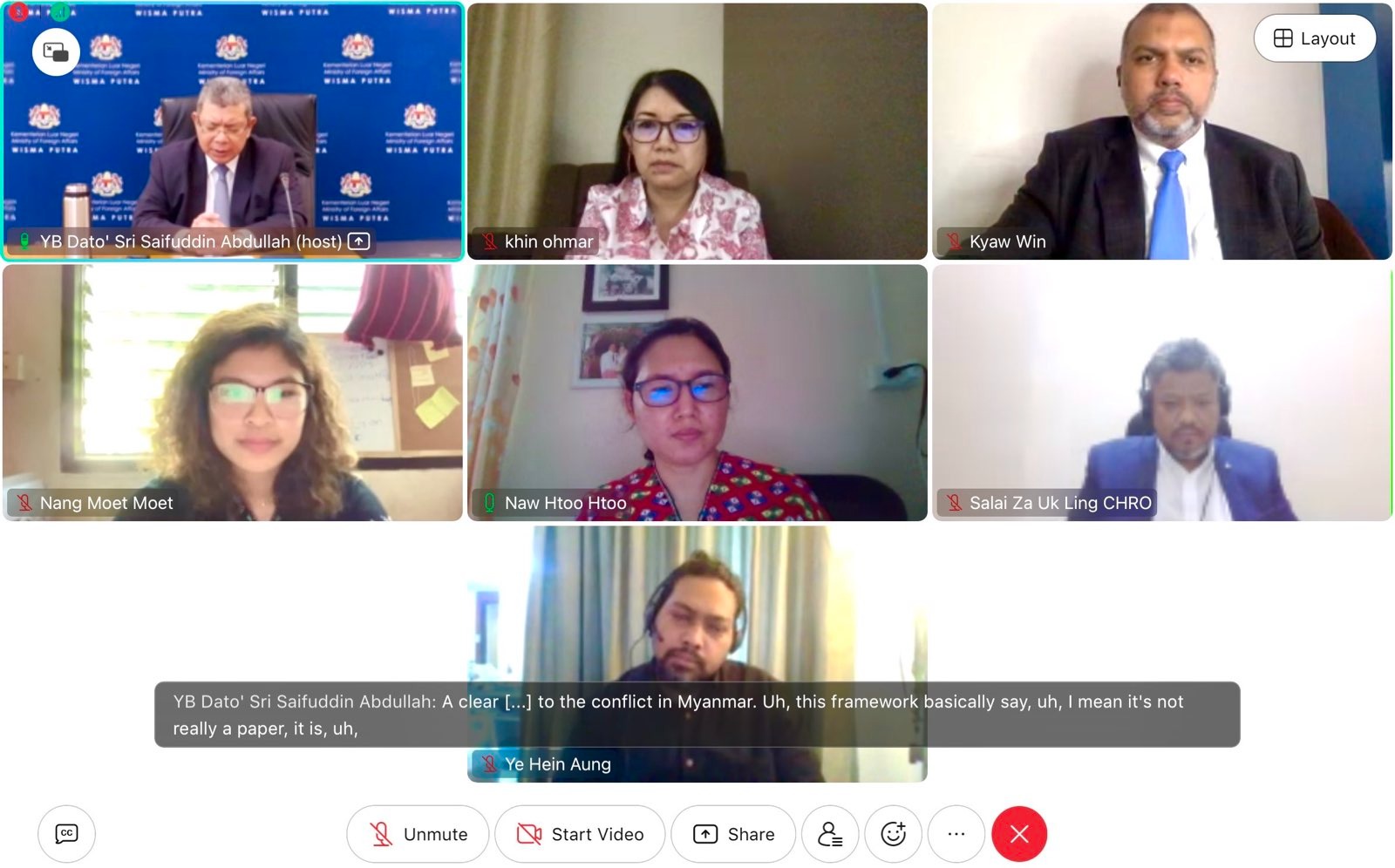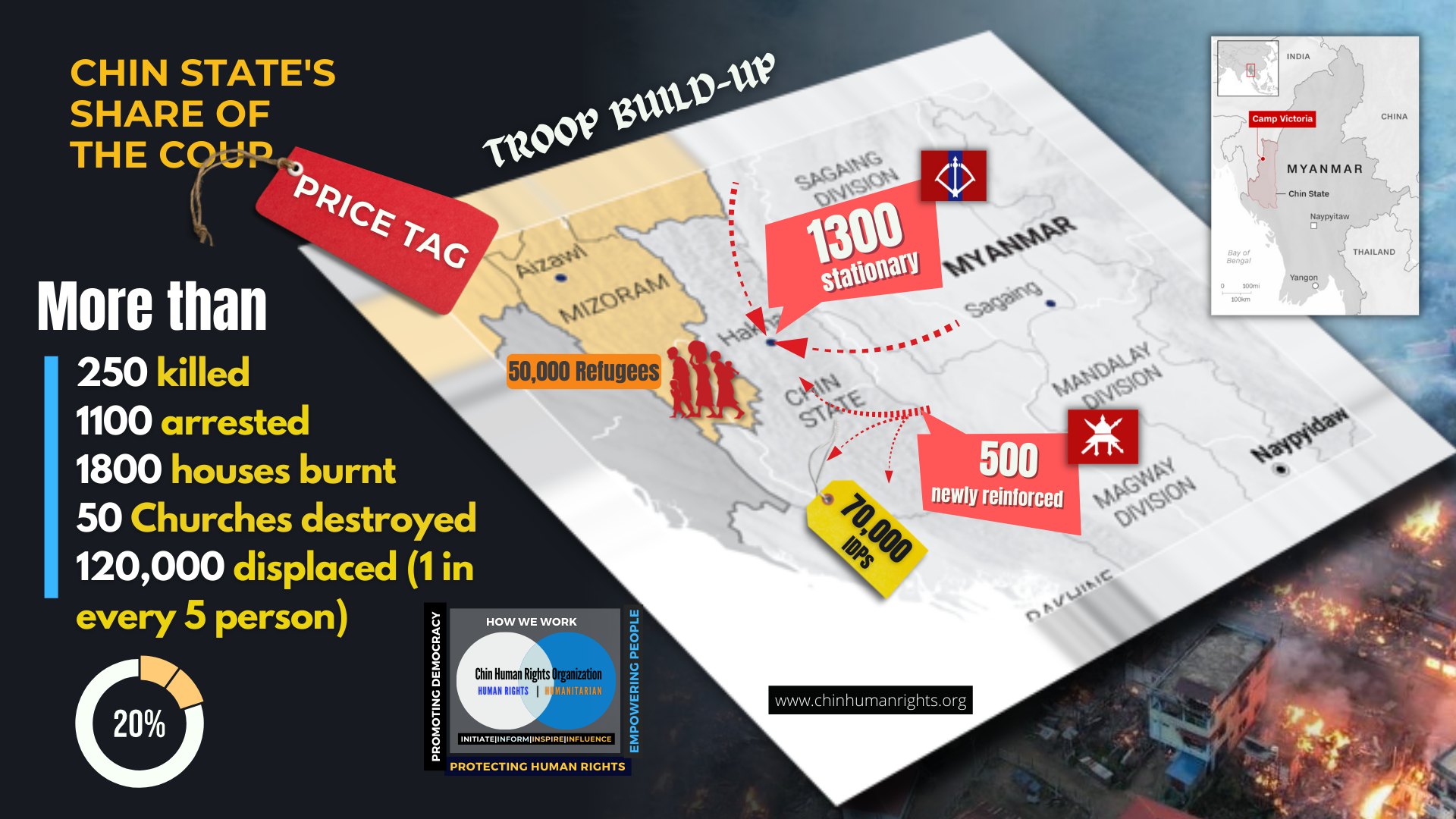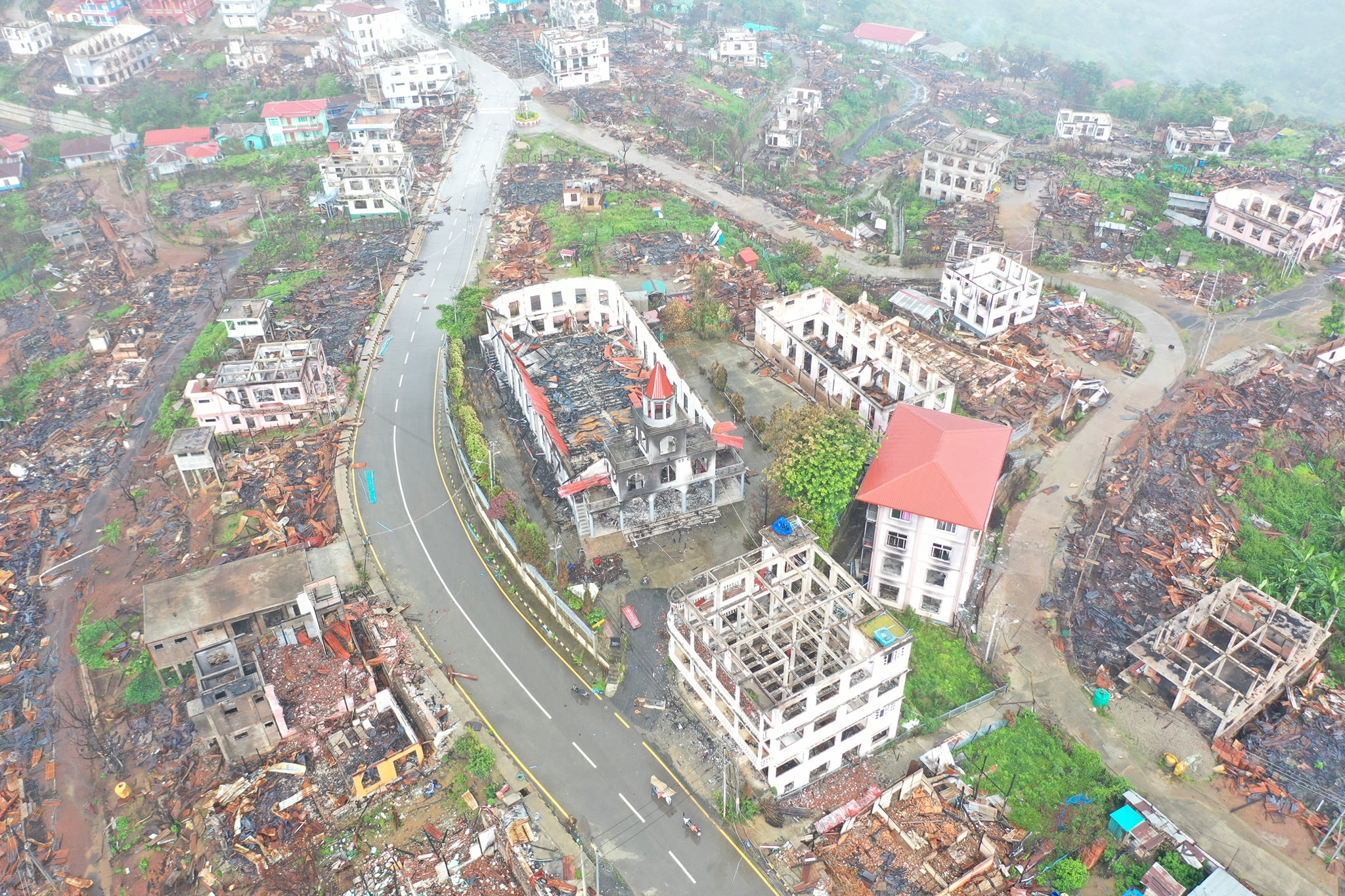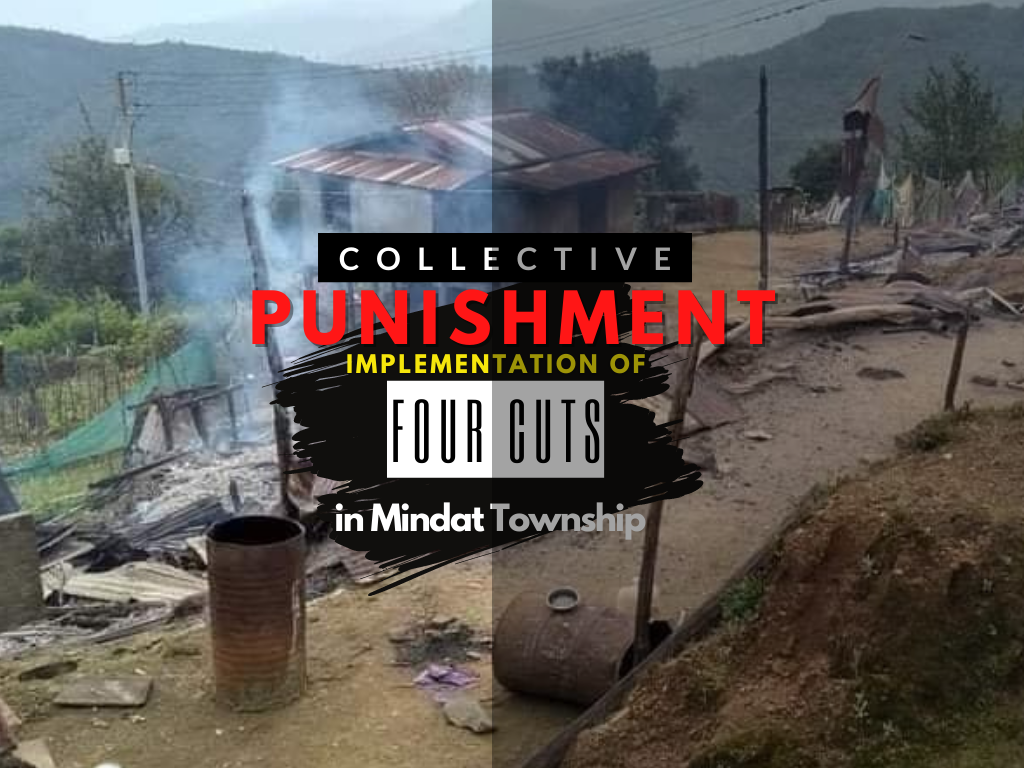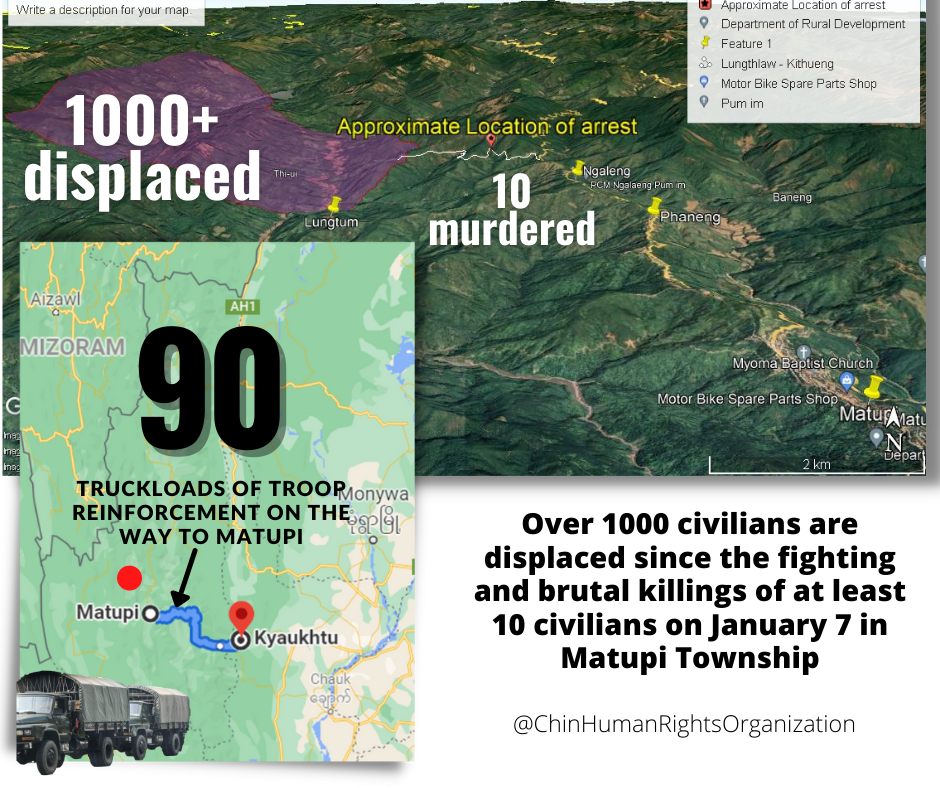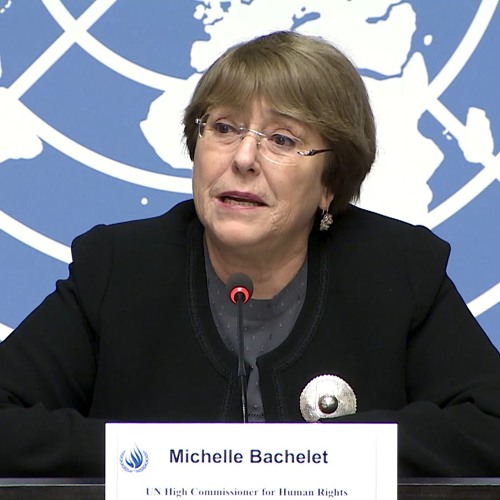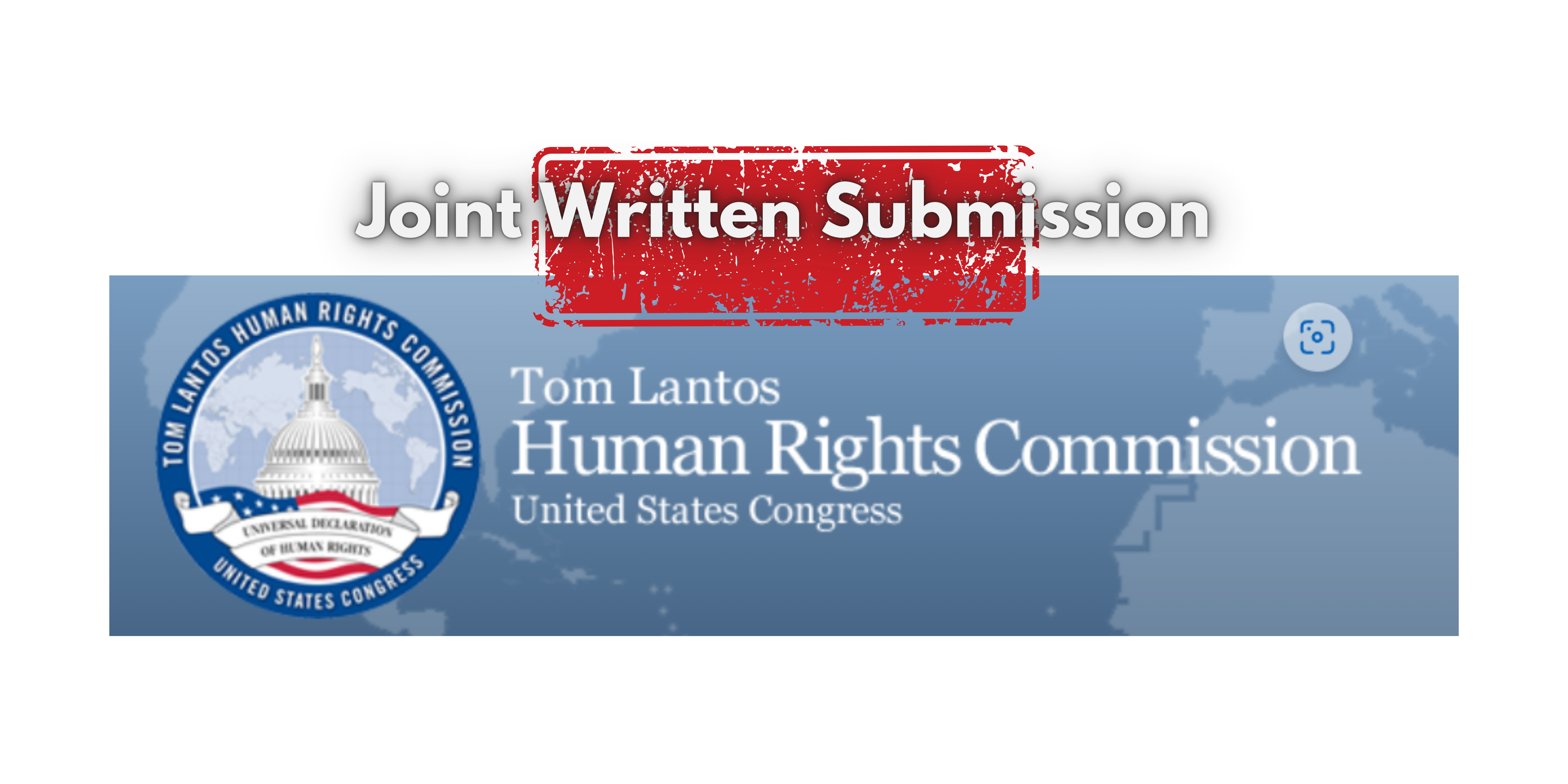
Submission to US Congress’ Tom Lantos Human Rights Commission’s Hearing on Burma
Joint Submission to the Tom Lantos Human Rights Commission by the Center for Justice and Accountability; Chin Human Rights Organization; Karen Human Rights Group Submitted for the Record


